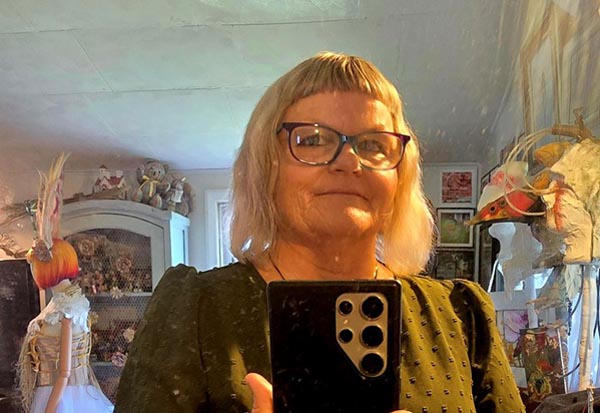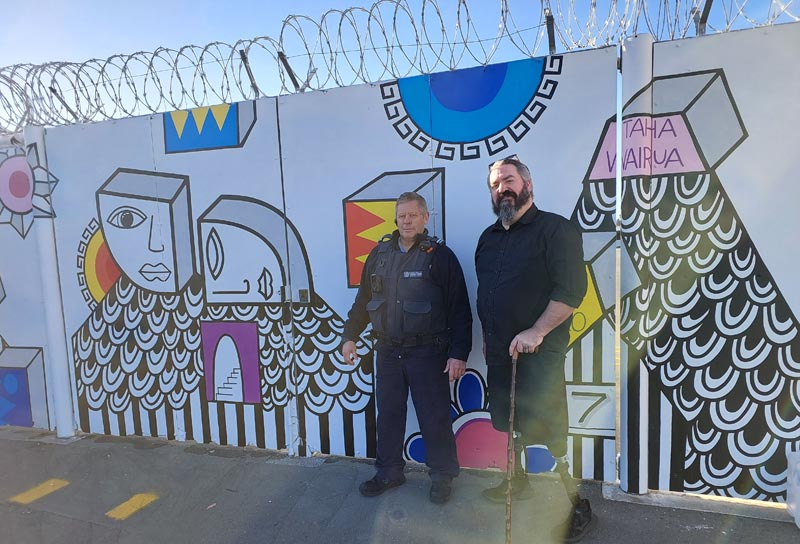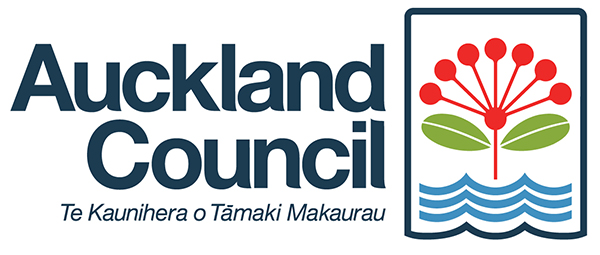Hawke’s Bay Regional Prison is a place where creativity is valued for the structure, focus and sense of pride it brings, says Neil Wallace, Arts Access Aotearoa’s Arts in Corrections Advisor.
 sm.jpg) Over two days spent at the site, Neil talked to both staff and prisoners. He says he observed a community where art is part of daily life and contributes to wellbeing, identity and purpose.
Over two days spent at the site, Neil talked to both staff and prisoners. He says he observed a community where art is part of daily life and contributes to wellbeing, identity and purpose.
This approach at the Hawke’s Bay prison reflects the values of Hōkai Rangi, the Department of Corrections’ strategy to improve outcomes for Māori, he says. “And that improves outcomes for everyone in the system.”
Hōkai Rangi aims to restore mana, strengthen identity and improve wellbeing for people in prison and those on community sentences. It recognises that culture, whānau and connection are vital to building safer communities and changing lives for the better.
 Visual arts teacher Gilli Marshall leads the arts programme at the prison. An experienced high school teacher and artist, she took up her role as Educational Arts Tutor in January 2020. She is the only full-time arts teacher working in a New Zealand prison.
Visual arts teacher Gilli Marshall leads the arts programme at the prison. An experienced high school teacher and artist, she took up her role as Educational Arts Tutor in January 2020. She is the only full-time arts teacher working in a New Zealand prison.
“What I value most are the men and their achievements in the arts – the moments when they fly,” Gilli says. ‘The men can’t wait to tell me how proud they feel at the acknowledgement of their whānau. Some even tutor their children on art methods to help them with their school projects.”
Read Gilli Marshall’s blog, The light bulbs that art turns on
Learning technical skill and patience
Under Gilli’s guidance, arts projects are well-planned and purposeful, Neil says. Participants learn technical skill and patience while developing pride in what they produce.
 sm.jpg) “Staff also take part in creative work and, together, these efforts have helped shape a culture of respect and collaboration,” Neil says.
“Staff also take part in creative work and, together, these efforts have helped shape a culture of respect and collaboration,” Neil says.
“Art here is not a pastime. It’s a practical way to build focus, confidence and care for the environment. Staff told me how murals and carvings change the atmosphere of shared spaces and how working together on creative projects improves relationships and teamwork.”
The prison has long been recognised for its commitment to Māori cultural values and its partnership with Ngāti Kahungunu through its Māori Pathways programme.
“The arts programme continues this partnership legacy, showing that when creativity and responsibility are developed together, people gain confidence, connection and hope,” he says.
Structure and professionalism
Arts activity at the prison is supported by an Arts Panel, a group of staff with professional and cultural expertise, including a former signwriter and toi Māori practitioners. The panel reviews and supports proposed arts projects, ensuring they are achievable, culturally sound and safe.
 sm.jpg) The process mirrors what happens in professional creative environments, Neil says. Projects are reviewed with care and constructive feedback is offered. Ideas that need further development are refined and resubmitted. This cycle encourages learning and accountability while maintaining high standards of quality.
The process mirrors what happens in professional creative environments, Neil says. Projects are reviewed with care and constructive feedback is offered. Ideas that need further development are refined and resubmitted. This cycle encourages learning and accountability while maintaining high standards of quality.
“Staff spoke to me about the wider impact of creativity in the prison,” Neil says. “Men involved in arts programmes often show stronger motivation and a greater sense of responsibility. They take pride in their work and develop focus that benefits other areas of their lives.”
Whakairo and toi Māori
In the whakairo carving room, carvers work carefully and quietly on projects that draw on tikanga and tradition. The attention to detail is striking. Each piece reflects skill, pride and connection to whakapapa.
 sm.jpg) “Carving is treated as both art and training,” Neil says. “It requires concentration, accuracy, and respect for materials and process. The men produce impressive works of art but they also develop stronger habits of persistence, reflection and responsibility.”
“Carving is treated as both art and training,” Neil says. “It requires concentration, accuracy, and respect for materials and process. The men produce impressive works of art but they also develop stronger habits of persistence, reflection and responsibility.”
Time spent with Pirika Taepa, a toi Māori specialist and member of the Arts Panel, provided Neil with further insight into how Māori arts are taught and supported at the prison.
“Pirika talked to me about the resources and teaching approaches he uses to connect toi Māori to cultural learning, identity and personal growth,” Neil says. “He also showed me how structure and respect are built naturally into Māori creative practice.
Community and whānau engagement
While he was at the prison, Neil attended the unveiling of a new mural and memorial garden sculpture area and a spiral garden– an event that drew strong support from the wider community.
“Many local leaders and guests attended, showing the connections the prison has built beyond its walls,” he says. “Their presence reflected genuine partnership and shared pride in what had been achieved.
“It was both a celebration of art and a moment of shared ownership, reminding everyone there that creativity can strengthen bonds between the prison, the people it serves and the wider community.”
Hōkai Rangi in practice
The arts at Hawke’s Bay Regional Prison reflect the intent of Hōkai Rangi through action rather than words, Neil says.
“In every mural, carving and sculpture there is evidence of care, skill and pride. Creativity gives people a way to learn patience, teamwork, and respect for themselves and others. Hawke’s Bay Regional Prison demonstrates that positive change can happen when people are supported to work with purpose.”



